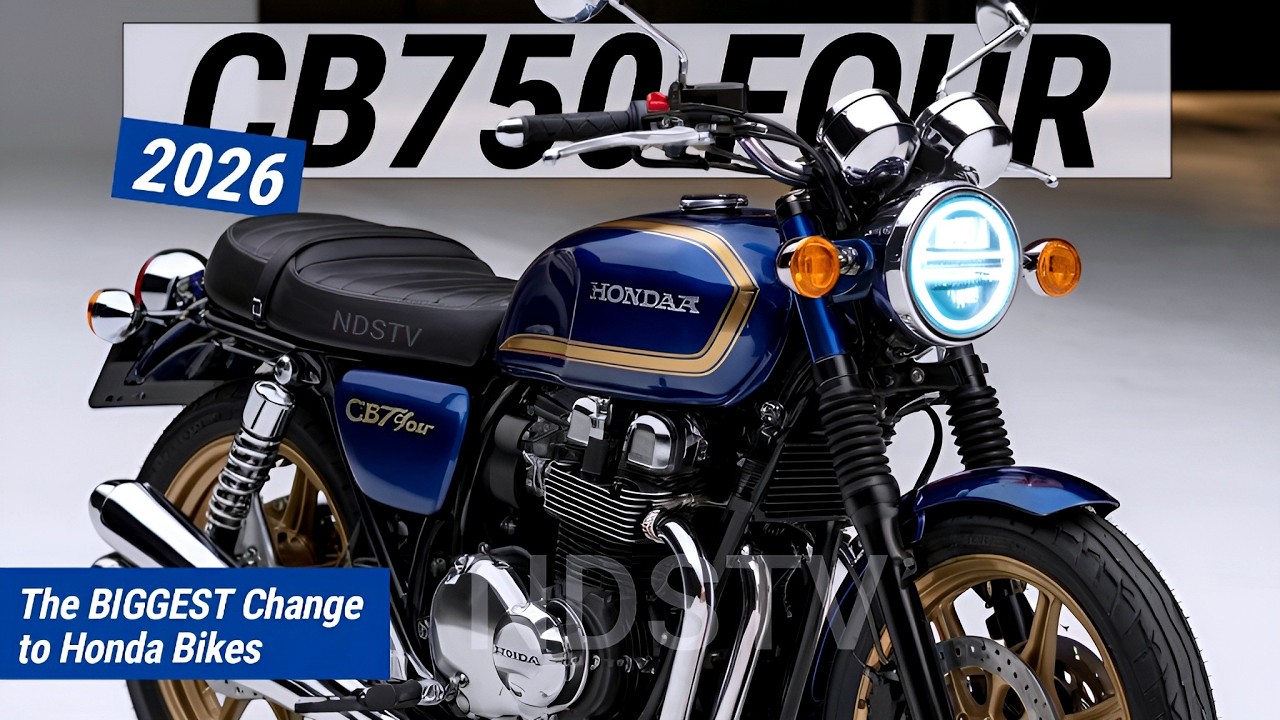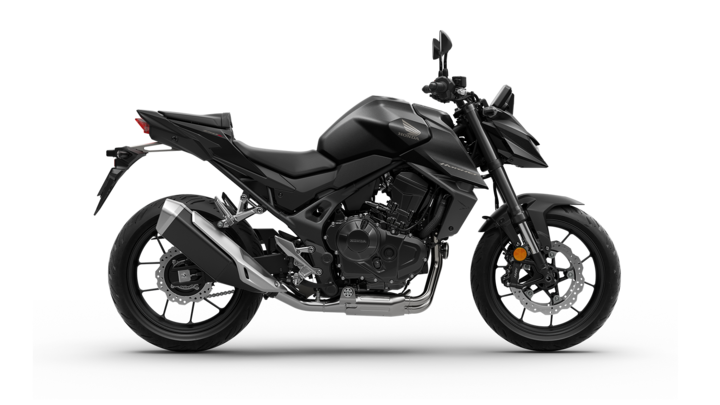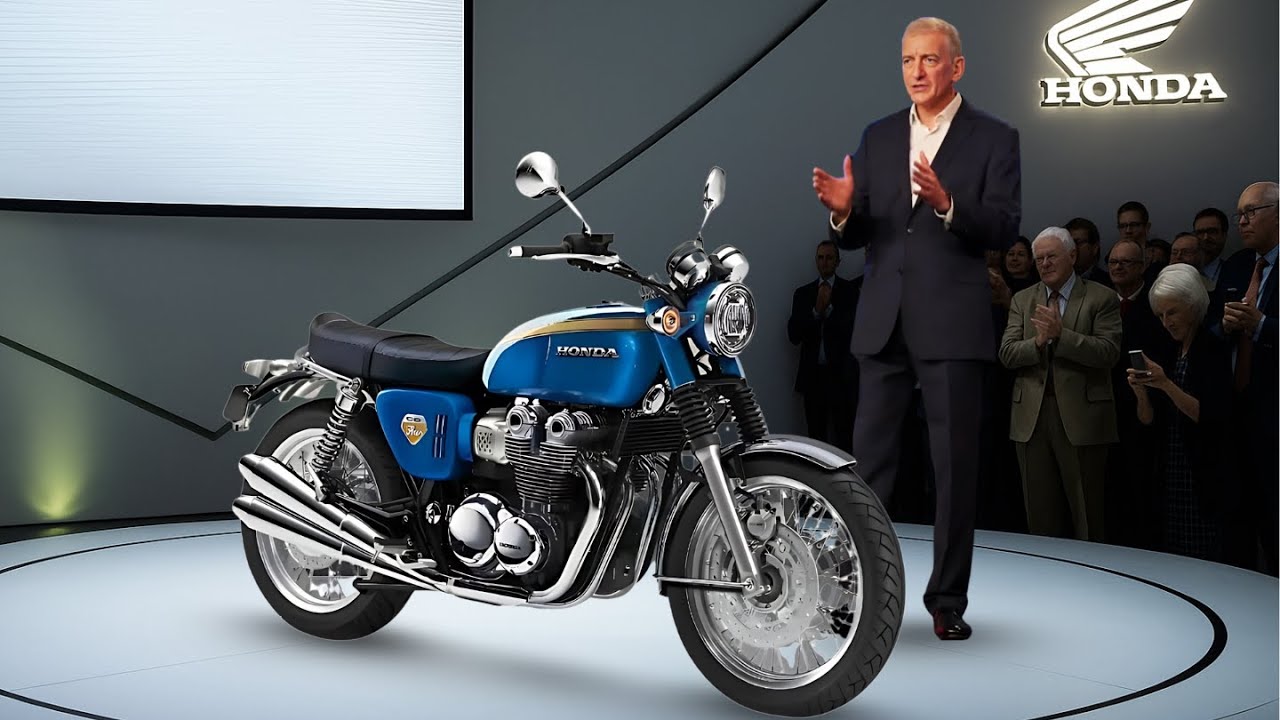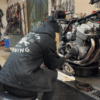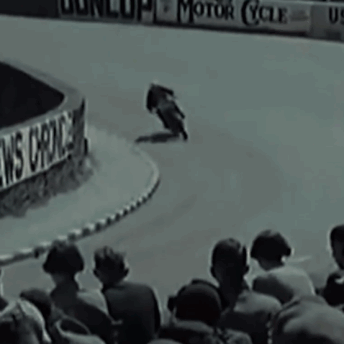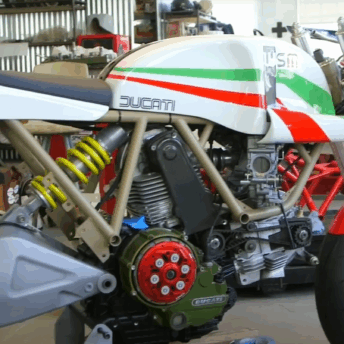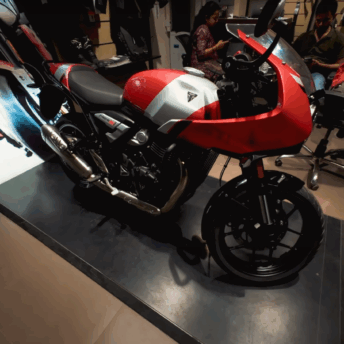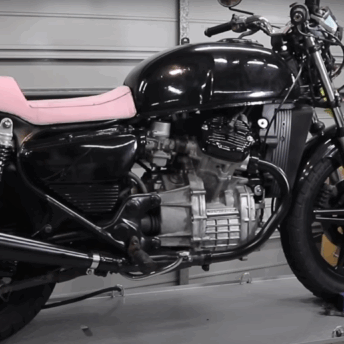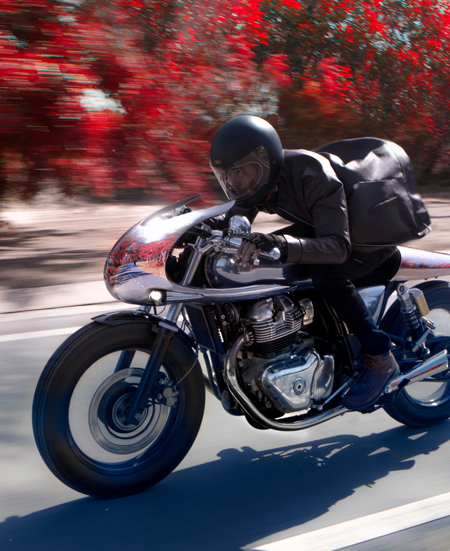The café racer style has regained popularity among motorcycle fans who value both design and performance. This trend highlights a return to simple, lightweight builds that mix classic looks with modern engineering. Riders appreciate its clean lines, sporty stance, and the freedom to customize each machine to match their own taste.
The Honda CB750 Four, first launched decades ago, remains one of the most respected motorcycles ever made. Its innovative engine and dependable performance set new standards in its time. Today, with the renewed interest in retro-modern bikes, many expect Honda to revisit this legacy through a café racer version that blends tradition with updated features.
Key Takeaways
- The café racer style continues to attract riders who value simplicity and performance.
- The Honda CB750 Four holds a lasting influence in motorcycle history.
- A modern café racer version could merge classic appeal with current technology.
Café Racer Style Revival
Key Traits of Café Racer Motorcycles
Café racers combine speed, simplicity, and individuality. Their design focuses on a lightweight frame, low handlebars, and a forward-leaning posture that encourages quick, agile riding. Riders often customize these bikes to reflect their personal style, blending retro looks with modern performance.
| Feature | Description |
|---|---|
| Riding Position | Aggressive yet balanced, built for control and comfort in urban settings |
| Design Focus | Minimalist bodywork with a vintage-meets-modern aesthetic |
| Customization | Commonly modified to express the rider’s creativity and taste |
| Performance | Lightweight structure enhances speed and handling |
Cultural Meaning and Attraction
The café racer movement connects heritage and modern culture. It reflects a revival of classic motorcycling spirit while embracing today’s technology. The Honda CB750 Four, first launched in 1969, remains a symbol of this legacy. Its inline four-cylinder engine and early use of front disc brakes made it a landmark model.
Today’s concept of a CB750 Four Café Racer reimagines that legacy with modern suspension, dual disc brakes, and a streamlined silhouette. Competing with bikes like the Triumph Thruxton and Yamaha XSR900GP, this concept appeals to riders who value nostalgia paired with innovation. The design—featuring a blue fuel tank, gold accents, and a tapered tail—captures the essence of both past and present craftsmanship.
Legacy of the Honda CB750 Four
Key Milestones in Motorcycle Design
The Honda CB750 Four, first released in 1969, changed how motorcycles were built and sold. It introduced a four-cylinder inline engine to everyday riders, something that had been limited to racing machines. The addition of front disc brakes made it safer and more advanced than many of its competitors.
| Feature | Innovation | Impact |
|---|---|---|
| Engine | Inline four-cylinder | Brought racing-level power to the public |
| Brakes | Front disc system | Improved stopping performance |
| Design | Balanced weight and frame | Enhanced handling and comfort |
These updates helped set a new standard for what riders expected from a street motorcycle.
Power, Dependability, and Modern Influence
The CB750 earned a strong reputation for its reliable engine, consistent performance, and easy maintenance. Riders trusted it both for daily use and for competition. Its design inspired the early superbike era, influencing many later models.
Today, as retro-modern motorcycles grow in popularity, the CB750’s spirit continues to shape new designs. Concepts such as the CB750 Four Café Racer blend vintage style with modern parts like upside-down suspension and dual disc brakes. These updates keep the original bike’s legacy alive while meeting current performance expectations.
Potential Return of the CB750 as a Café Racer
Shifts in the Motorcycle Scene and Key Rivals
The café racer style has gained new momentum among riders who value simple design, speed, and personal customization. Many prefer motorcycles that blend vintage looks with modern performance.
Current leaders in this category include:
| Brand | Model | Key Feature |
|---|---|---|
| Triumph | Thruxton | Classic styling with modern handling |
| Yamaha | XSR900GP | Retro design paired with advanced technology |
| Royal Enfield | Continental GT | Affordable and true to the café racer spirit |
These models show that interest in retro-modern motorcycles continues to grow, creating space for new entries with strong heritage value.
Openings for Honda in the Retro-Modern Segment
Honda could use the CB750’s legacy to reenter this market with a café racer version. The original CB750, known for its four-cylinder engine and reliability, still holds a respected place in motorcycle history.
A modern CB750 Café Racer could feature:
- Upside-down front suspension
- Dual disc brakes
- Streamlined tail section
- Distinctive blue and gold color scheme
This combination would merge the classic CB identity with contemporary performance. While the current concept remains a digital design by Oberdan Bezzi, it reflects how Honda might balance heritage styling with modern engineering if the model reaches production.
Concept Design Highlights
Visual Design Features
The concept displays a streamlined and assertive form that merges vintage charm with current styling. Its bright blue fuel tank, paired with gold highlights, gives a striking yet refined look. The rear section, shaped like a wasp’s stinger, adds a sharp and sporty appearance.
| Feature | Description |
|---|---|
| Color Scheme | Blue with gold accents |
| Body Shape | Narrow, aerodynamic profile |
| Tail Design | Tapered, stinger-like form |
Contemporary Engineering Details
The design integrates modern suspension and braking systems for improved handling and control. It uses upside-down front forks and dual front disc brakes that enhance performance and stability. A black exhaust system flows smoothly along the body, reinforcing both function and visual balance.
- Suspension: Upside-down front forks
- Braking: Dual disc setup
- Exhaust: Streamlined black finish
These updates combine traditional CB750 character with modern engineering precision.
Current Status and Future Prospects
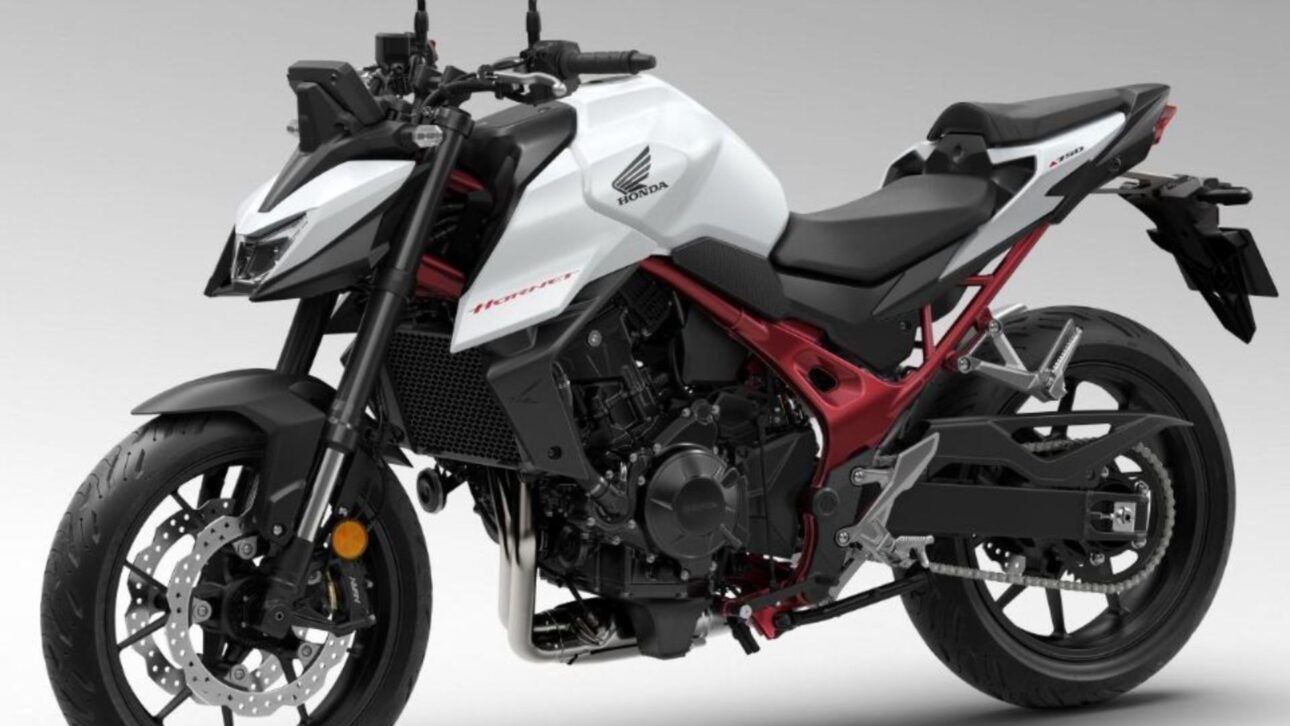

The café racer style continues to gain attention among motorcycle fans who value speed, simplicity, and individual customization. Riders appreciate its lightweight build and retro-modern design that combine function with artistic expression. This style fits both everyday city travel and weekend gatherings focused on classic bikes.
The Honda CB750 Four, first launched in 1969, remains a key influence in motorcycle history. Its four-cylinder engine and front disc brakes set new standards for performance and reliability. Many still view it as a symbol of early superbike innovation.
| Feature | Classic CB750 Four | Concept CB750 Café Racer |
|---|---|---|
| Engine Type | Inline four-cylinder | Updated performance design |
| Style | Retro superbike | Modern café racer |
| Brakes | Front disc (original innovation) | Dual disc system |
| Suspension | Standard telescopic | Upside-down forks |
| Design Focus | Practical and powerful | Sleek, artistic, and aggressive |
Interest in retro-modern motorcycles suggests Honda may explore a café racer version of the CB750. Competing models like the Triumph Thruxton, Yamaha XSR900GP, and Royal Enfield GT dominate this segment, leaving room for a revived CB750 to appeal to both nostalgia and modern performance needs.
The concept design shows a bright blue fuel tank, gold highlights, and a sharp tail section that gives it a bold stance. While the design blends heritage with contemporary style, it remains a digital concept with no official production plans announced.
